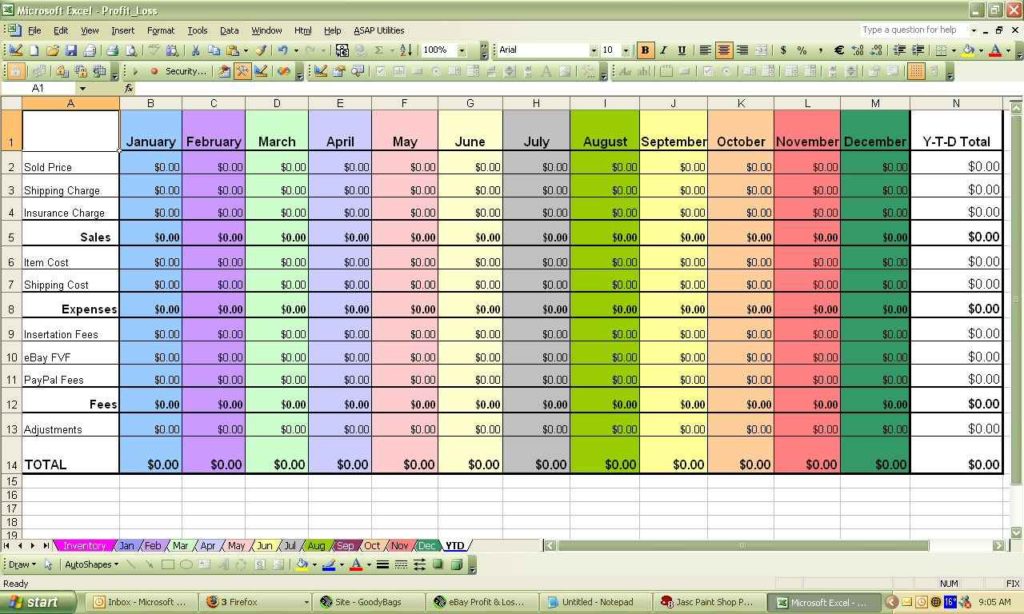Set Excel Sheet as Default: Easy Steps for Users

Understanding how to set an Excel sheet as the default in Microsoft Excel can greatly streamline your workflow, especially if you frequently work with a particular sheet or data set. Here, we’ll walk through the straightforward process of setting your preferred Excel sheet as the default, making it easier for you to start working without delay.
How to Set an Excel Sheet as Default

The process of setting an Excel sheet as the default involves a few simple steps. Let’s look at these steps in detail:
Step 1: Open Microsoft Excel

Start by opening Microsoft Excel. Ensure you have a blank workbook open, or open an existing workbook if you want to set one of its sheets as default.
Step 2: Access the Options

Navigate to the File menu, then select Options. This will open the Excel Options dialog box, where various settings for Excel can be customized.
Step 3: General Tab

- In the Excel Options dialog, click on the General tab.
- Look for an option that says 'At startup, open all files in:'. This section is where you can specify the workbook that Excel will open by default when it starts up.
Step 4: Specify the Default Workbook

You have two options here:
- Current Workbook: If you want to set the workbook currently open as the default, leave this field blank, save your changes, and restart Excel to verify the setting.
- Another Workbook: To set another workbook, click on Browse, navigate to the location of the Excel file you want as default, select it, and then click OK.
Step 5: Save and Apply

After selecting your default workbook, click OK to close the Excel Options window. Your settings will be saved automatically, but you’ll need to restart Excel for the changes to take effect.
🔍 Note: Remember, this setting does not change the default template for new workbooks; it just changes which workbook opens when Excel starts.
Alternate Methods for Custom Workbooks

If you want to go beyond setting a single workbook as the default, consider these alternate methods:
Create a Custom Template
- You can create a custom template by modifying a blank workbook and saving it in the default templates folder. Excel will then use this template for new workbooks.
- To do this, open a new workbook, make your customizations, and save it as Book.xltx or Sheet.xltx in the \XLSTART or \Templates folder.
Use the Startup Folder
- Another option is to place your default workbook in the Excel startup folder (\XLSTART). Any workbook placed here will open when Excel starts.
Choosing between these methods depends on whether you want to affect new workbooks or merely have a specific workbook open every time you launch Excel.
Additional Tips

Here are some additional tips to enhance your Excel experience:
- File Associations: Check if Excel files are set to open with Microsoft Excel by default on your system. Right-click an Excel file, select Open With, and ensure Excel is the default application.
- Mac Users: The process might differ slightly for Mac users. Navigate to Excel > Preferences, then follow a similar path to change settings.
By setting an Excel sheet as your default, you not only save time but also create an environment tailored to your regular tasks, making your work with Excel more efficient and personalized.
What if I want to revert to the default settings in Excel?

+
If you wish to revert to the original settings, simply navigate back to the Excel Options, General tab, and clear or reset the ‘At startup, open all files in’ field.
Can I set multiple sheets as default?

+
No, Excel does not support setting multiple sheets as default simultaneously. You can only have one workbook open automatically at startup.
Is there a way to automate this process with macros?

+
While there is no built-in macro to set a default workbook, you can use VBA to create macros that open specific files or set file associations on startup.